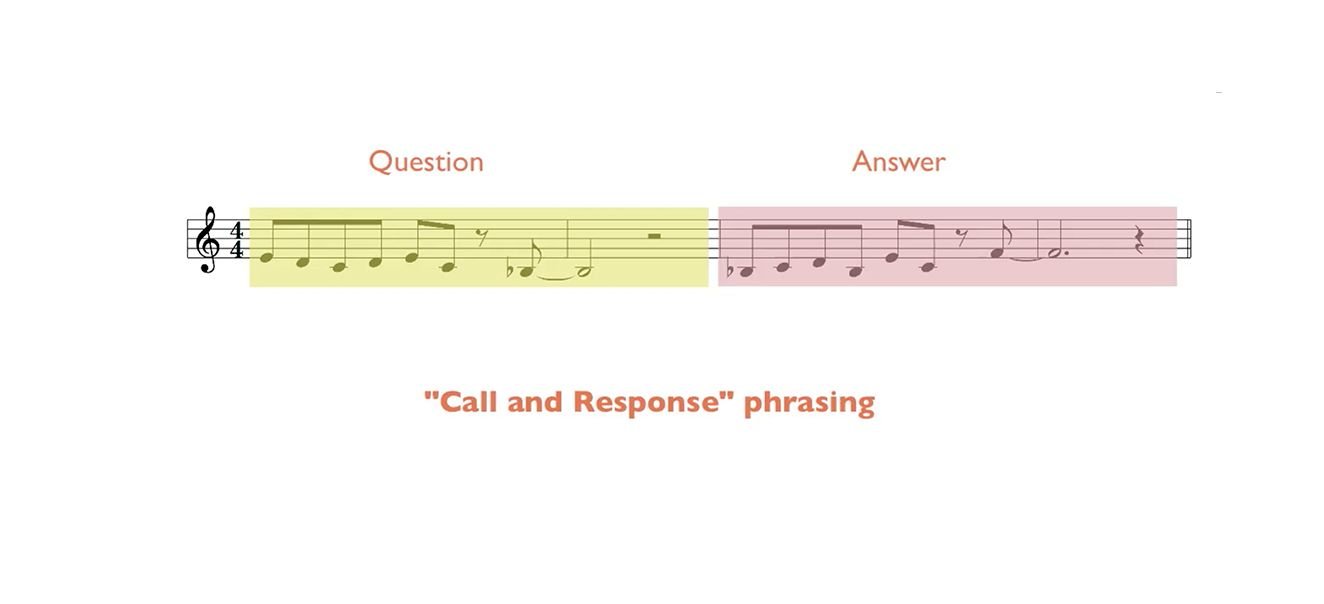Creating Tension in Music
Creating tension in music is an art form that, when executed well, can evoke deep emotional responses from the listener. It's a tool that producers and songwriters use to keep their audience engaged, leading them through a journey of anticipation and resolution. This blog post will explore strategies for creating tension in your music, whether you're producing a heart-pounding electronic track or writing a soul-stirring ballad.
Understanding Musical Tension
Tension in music refers to the sense of anticipation or unease created by various musical elements before they resolve into a more stable or expected state. This can be likened to the narrative tension in storytelling, where conflict and suspense keep the audience hooked until the resolution. In music, tension and resolution are used to create movement and emotion, making your compositions more compelling.
Techniques to Create Tension
Harmonic Tension
Dissonance: Introducing dissonant chords or notes that clash with the overall harmony of the piece can create a sense of unrest that seeks resolution. Experiment with adding non-diatonic chords (chords outside the key signature) or extended chords (such as 7ths, 9ths, and 11ths) to introduce tension.
Pedal Tones: Using a sustained note (pedal tone) underneath changing chords can create a static tension that resolves when the harmonic structure aligns with the pedal tone.
Rhythmic Tension
Syncopation: Emphasizing off-beats or weak beats in your rhythm can create a sense of instability and anticipation. This technique is particularly effective in genres like jazz, funk, and electronic music.
Polyrhythms and Cross-rhythms: Introducing competing rhythms or time signatures can create a complex layer of tension, intriguing the listener as they try to find the pattern or resolution.
Melodic Tension
Leading Tones: A leading tone is a note that is a half-step away from the tonic (the root note of your key) and naturally wants to resolve to the tonic. Use leading tones to create a sense of expectation in your melodies.
Interval Jumps: Large leaps in your melody, especially when moving to dissonant or unexpected notes, can create a sense of surprise and tension.
Dynamic and Textural Tension
Volume Swells: Gradually increasing the volume of a note or section can create a buildup of tension, especially when combined with harmonic or melodic tension.
Instrumentation and Layering: Adding more instruments or layers can increase the intensity of a passage, creating tension. Conversely, stripping back to minimal instrumentation can also create a different kind of tension through anticipation of the full sound returning.
Practical Applications
Build-Ups and Drops: Common in electronic dance music, build-ups use increasing rhythmic and textural complexity to create tension, leading to a drop where the tension is released, usually with a powerful bassline and beat.
Bridge Sections: Altering the harmonic progression or introducing new melodies in a bridge can create a sense of departure from the rest of the song, building tension that resolves when returning to the familiar verse or chorus.
Question and Answer Phrases: Writing your melodies or chord progressions in a call-and-response format can create a conversational tension, with the 'question' often being more dissonant or unresolved, and the 'answer' providing resolution.
Tips for Songwriters and Producers
Experiment with Modulation: Changing the key signature within your song can offer a fresh perspective and introduce new opportunities for tension.
Play with Expectations: Sometimes, delaying the resolution or providing an unexpected resolution can create even more impactful tension.
Use Silence: Never underestimate the power of a well-placed rest. Silence can be a powerful tool for creating tension, especially when it interrupts a pattern or comes before a significant musical moment.
Creating tension in music is about balancing the expected with the unexpected, the stable with the unstable. By mastering these techniques, producers and songwriters can craft songs that captivate and resonate with listeners, taking them on a journey through sound that they won't soon forget.





